By Erica Fugger
“I think for me, right now, engaged Buddhism is just really about being open and not having any ideas about the way things should play out throughout the course of the day. It’s almost like not even bringing the ‘practice’ into the mix, but just practicing with things and engaging in more of a guttural way. At the heart of it, too, is also accepting what is there.
In so many of my recollections these last ten years, there’s sort of this idea that you’re measuring performance or measuring where you are in terms of what your goal is. Having that start to dissolve in the context of practice, in the context of spiritual life, has been really such a deep load off. When I actually do come back and engage, it doesn’t have the same baggage it used to like, ‘Oh, where was I?’ Or, ‘Oh, this is my chance.’ Or, ‘Now I’m really doing it.’ It starts to lose its storyline; it’s dissolving.”
– Zack Foley, Wake Up New York
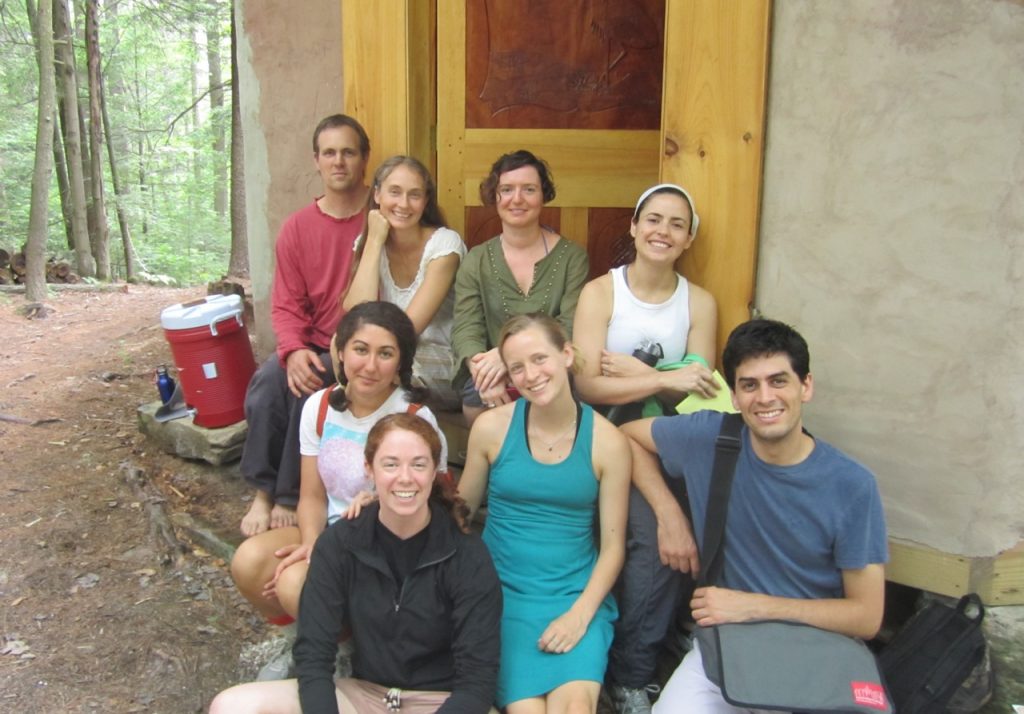
Last summer, I attended a retreat for young adults at the Morning Sun Practice Center in Alstead, New Hampshire, USA. Organized by Michael Ciborski, Fern Dorresteyn, and the lay residents of Morning Sun, the gathering was my first introduction to some of the deeper practices within the tradition of Plum Village, and a glimpse into what it means to be part of a mindfulness community.
In the first days of the retreat, I spoke about my upcoming move to New York City where I would soon be attending Columbia University’s Oral History Master of Arts Program. I had initially fallen in awe of the field while studying history as an undergraduate at Union College (NY) and working as an editor of student publications.
Oral history is essentially the practice of interviewing people and recording their life stories. It has deep roots in oral tradition, which is the form by which our ancestors passed down information through the generations and how the Buddha’s teachings were originally shared.
In its modern incarnation, oral history allows for personal stories around a historic event or those from within a community to be heard and shared. In instances of trauma, it may provide the impetus for healing and empowerment. In joyous recollections, listeners may find sources of inspiration and hope. Interview archiving especially ensures that the knowledge of our elders is preserved so that future generations may learn from their wisdom and experiences.
Oral history became a manifestation of my practice aspirations, as I saw it aligning with the heart of the Fourth Mindfulness Training, Loving Speech and Deep Listening. I began to see firsthand how much could be learned from listening deeply to others’ expressions of sorrow and happiness. Sharing stories especially aids in the process of humanization, and allows the listener to gain insight into the personal experiences that affect how others interact with and see the world.
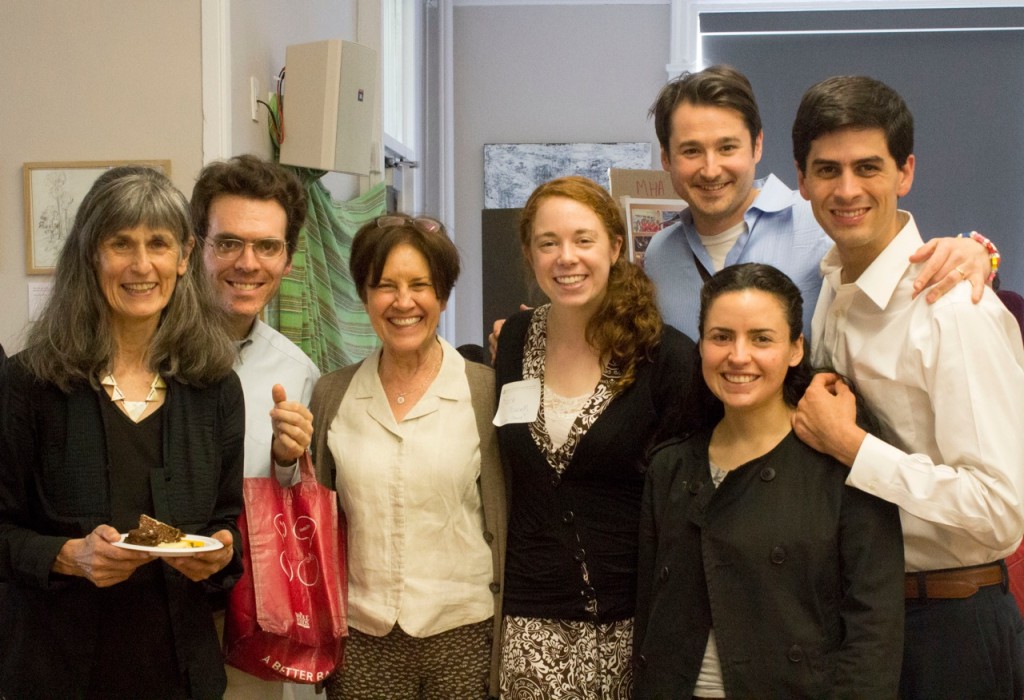
It was therefore a moment of convergence when one afternoon at Morning Sun I was asked a question that would set my graduate work on its course: “So, have you ever thought about doing a project on Buddhism?” I stopped for a moment, surprised and intrigued by the prospect. I replied, “Well, I hadn’t really considered it before, but I’d love to do something like that.”
As the days progressed, the seeds that had been sown began to take root. I heard community members speak about engaged Buddhism and their involvement in the Occupy Wall Street protests. I continued to read about Thay’s commitment to peace ever since his efforts during the Viet Nam-American War. I soon realized that there were many layers of stories within this tradition that truly needed to be recorded, many of which could serve as a source of connection and support.
Once I did start classes at Columbia University last fall, I knew already what subject I planned to pursue for my master’s thesis. As I became acquainted with the local Sanghas, I began to ask if there was anyone who might be interested in speaking with me about their path to the practice and the ways in which the teachings manifest in their everyday lives. I was especially interested in hearing how engaged Buddhism plays a role in lay practice, and how it affects the ways that people interact with New York City.
The project evolved into ten interviews with six members of the Riverside and Wake Up Sanghas of Manhattan. These practitioners shared stories of death and divorce, of spiritual seeking and happening unintentionally upon the practice. They spoke about their career paths in terms of Right Livelihood, comprising the ranks of doctors and social workers, teachers and bereavement counselors, librarians and musicians. They discussed how they bring mindfulness and compassion into their engagement at work and with the world.
The interviewing itself was an incredibly transformative experience on a personal level. It helped me become acquainted with the two Sanghas, to share stories joyfully over tea, and to be inspired by others’ reminiscences about their practice. And as feedback was given on the project, it became apparent that the narrators also found it to be a positive experience. They began to show me how oral history can bring people together and bridge differences between cultures in order to recognize the core of our humanity.
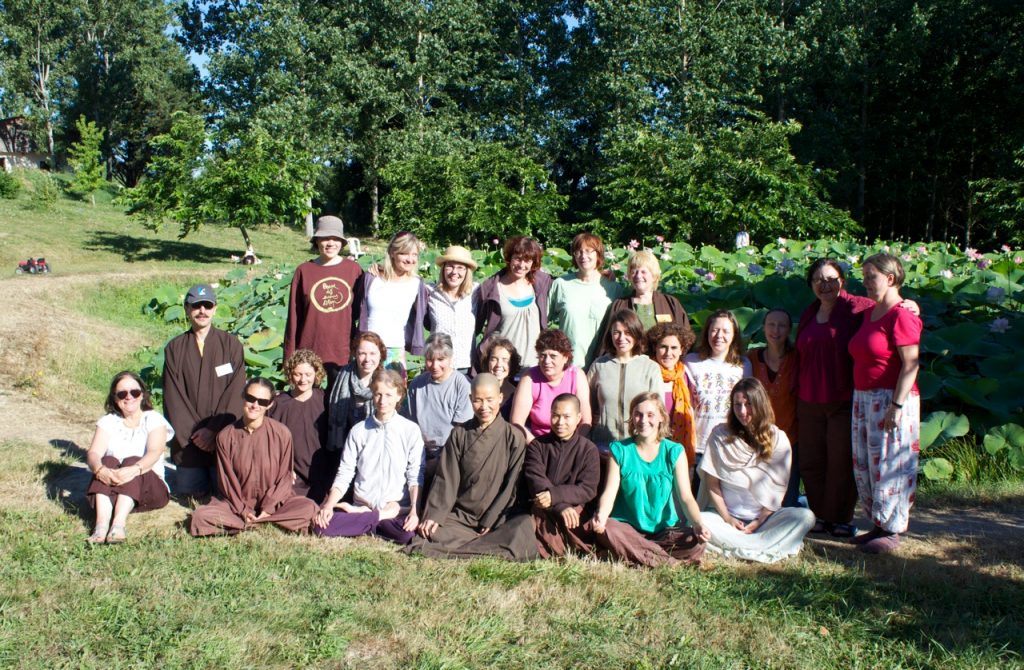
The project saw a very exciting development during the last months of my graduate classes when I was taking a very practical fieldwork course on the skills necessary to create an effective oral history project. One of our assignments was to try our hand at grant writing. I submitted an application for travel funding to continue my work at Plum Village and widen the scope of my interviews. To my astonishment and delight, I was awarded institutional support and soon found myself on a plane to Paris.
Through the help of some friends along the path at Blue Cliff Monastery in New York and Wake Up International, I was connected with Thay Phap Luu in Upper Hamlet who greatly aided in the expansion of my project over the course of the summer. When I arrived in Lower Hamlet, we had the chance to sit down with Sister Hoi Nghiem and discuss the best practices for interviewing within the Sangha. I also became a staff member of the Summer Retreat, which gave me the opportunity to assist the community, while also providing a very unique perspective. I was given helpful introductions to monks, nuns, lay residents, and visitors, who were recommended as being potentially interested in telling their stories.
It soon became apparent that the Summer Retreat was a very busy season for the community and that scheduling two hours worth of interviewing might be especially difficult. Therefore, in total, I conducted four interviews with three lay narrators in July. I experienced for the first time interviewing through a French to English translator, and unexpectedly pausing an oral history as Thay approached in walking meditation. I listened to incredible stories of generational suffering and transformation, of immigration and near death encounters, and humorous recollections from practice centers worldwide.
There were hurdles encountered out in the field, including the difficulty of recording audio while a strong breeze wafted through the poplar grove and the near impossibility of meeting up with narrators after a well-attended dharma talk. As the days were so active, it was also difficult to create the type of environment conducive to a “meandering conversation” that is best suited for an oral history. But those experiences were just as fruitful, as they added to my understanding of what to expect, prepare for, and let go of in an initiative of this nature.
Multiple monastics further encouraged me to keep on the path of the project, noting that the deepest contribution I was making was sowing seeds in the community for people to begin to think about how to share their life stories. While it was apparent that this project would be a work in progress, I happily developed friendships outside of the interview setting and my own long-lasting memories of an insightful summer.
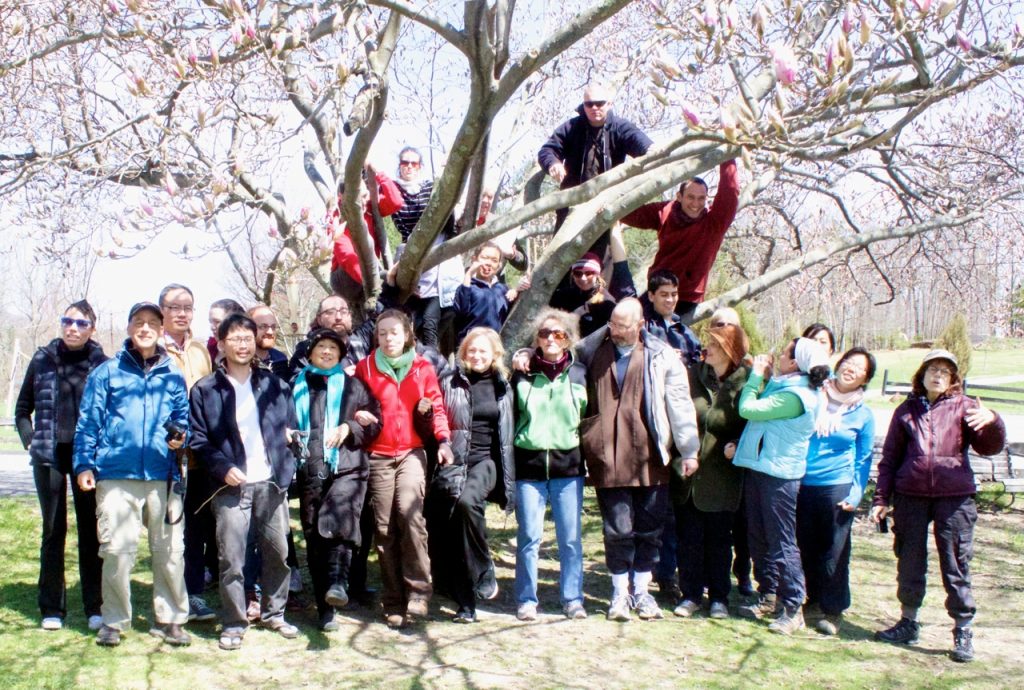
All in all, the combination of the stories I heard over the past year from Manhattan to Plum Village fuels the continuation of this project. Supporting the initiative along the way are words spoken by Thay ten years ago on the topic of engaged Buddhism[1]: “I have recommended that America listen to herself first, because there is a lot of suffering within her borders. There are so many people who believe they are victims of discrimination and injustice, and they have never been heard and understood. My proposal is very concrete: we have to set up a group of people—a kind of parliament—to practice listening to the suffering of America. It’s my conviction that there are people in America who are capable of listening deeply, with compassion in their hearts. We have to identify them, and ask them to come and help us. Then we will ask the people who suffer to come forward and tell us what they have in their hearts. They’ll have to tell us everything, and that won’t be easy for those listening. If America can practice this within her own borders, she will learn a lot. The insight will be enormous, and based on that insight, we can start actions that can repair the damage done in the past.”
In this light, oral history can record tales of engaged Buddhism, but it can also be a form of engagement in and of itself. Interviews of this nature provide the space through which to discuss experiences of both suffering and joy. And through true presence, it is possible to bring compassion, encourage transformation, and share insight with others.
What Thay recommended for the United States certainly can be applied worldwide. One of the exciting long-term project developments ahead includes the completion of a guide to oral history through Buddhist practice, which will provide Sanghas the tools to begin recording their own stories. It is my hope that as a collective community we may be able to gather and share oral histories of the practice from around the globe. This will gladly include active involvement from Wake Up groups internationally, as we learn to listen to and learn from each others’ experiences.
Supported by this concept, the final product of my thesis is intended to take the form of a public exhibition and workshop in New York. Over the course of the next year, I will be expanding the interviews and organizing a weekend event during which the public may gather to listen to the oral histories. The workshop will provide further hands-on experience in conducting interviews and provide a forum for discussion of the stories.
To say that the practice has influenced the development of my profession is an understatement. To assert that my profession has altered my practice also does not capture the full reality. It is convergence of these factors—an engagement without barriers or lines—that inspires me each day. And as Zack Foley remarked: “It starts to lose its storyline; it’s dissolving.”
Erica Fugger (USA) is a member of Wake Up-New York and the Riverside Sangha of Manhattan. Two years ago, she was loaned a copy of Peace Is Every Step, and has been on the path of practice ever since. Erica enjoys meditating in the parks of New York City and trekking home to hike the hills of Connecticut.
To receive more information about this initiative and learn how you or your Sangha can become involved, please email the author at sanghastoriesproject@gmail.com.
[1] Jon Malkin, “Engaged Buddhism: Peace Begins with You,” Shambhala Sun, July 2003.

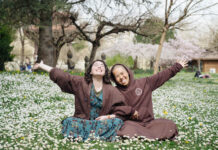
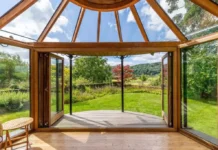
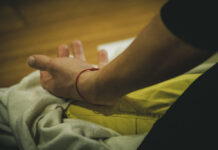

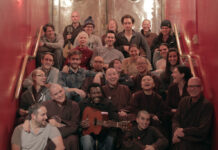
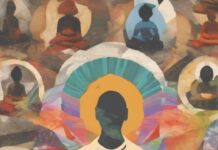
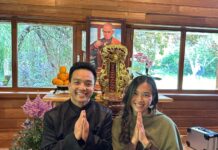
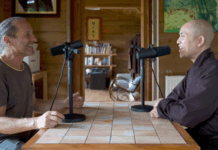
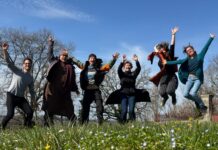
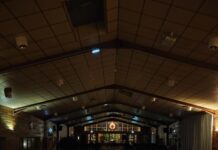
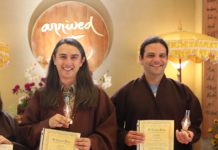
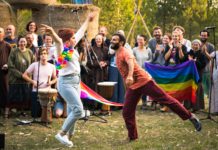
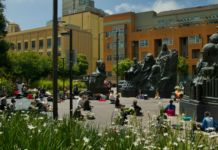

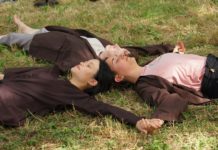

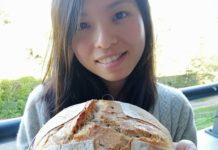
This is a wonderful project! I would like to attend the public exhibition and workshop in New York. How will I know when and where? Thanks! ~Barbara